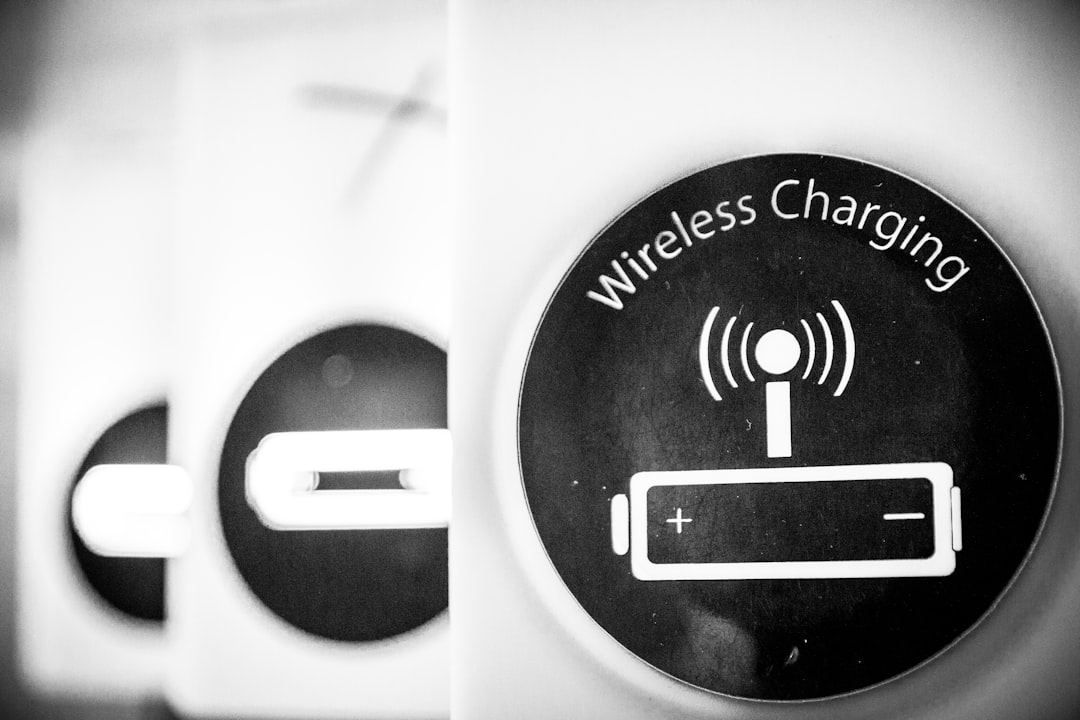What is it about?
In existing microelectrode technologies, there is a trade-off between long-term stability obtained by insulating the microelectrode and the stimulation efficacy, which is highest for conductive (metallic) microelectrodes. In this work, a solution to this problem is presented by utilizing microelectrodes that are coated with an insulating ferroelectric layer.
Featured Image

Photo by Science in HD on Unsplash
Why is it important?
Neuroprosthetic implants utilize microelectrodes, that can deliver an electrical stimulus to a target tissue, to treat various neurological diseases such as Parkinson's disease or blindness. For continuous functionality of neural implants for ten years or more, safety and long-term stability of microelectrodes are essential. Ferroelectric microelectrodes are a promising approach for efficient and long-term stable bioelectronic interfacing of cells or tissue and could improve the treatment success of neuroprostheses.
Perspectives
To develop neuroprosthetic devices based on ferroelectric microelectrodes, the scientific communities of oxide electronics and bioelectronics need to bring together their expertise. I hope that this will lead to a benefit in the daily life of patients in the future.
Maximilian T. Becker
University of Cambridge
Read the Original
This page is a summary of: Charge injection capacity of ferroelectric microelectrodes for bioelectronic applications, AIP Advances, June 2021, American Institute of Physics,
DOI: 10.1063/5.0049202.
You can read the full text:
Contributors
The following have contributed to this page










